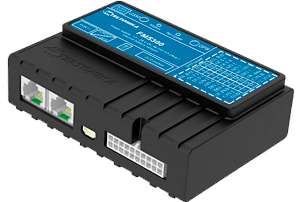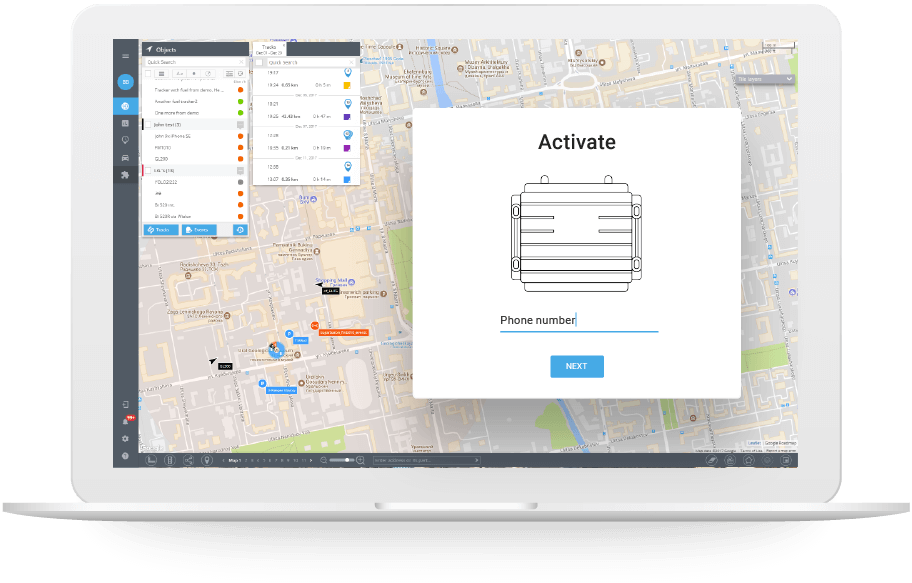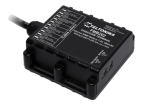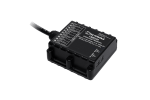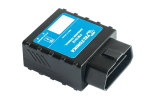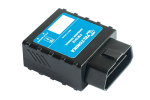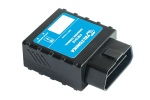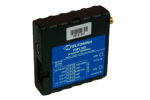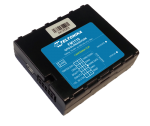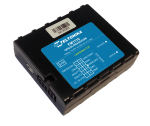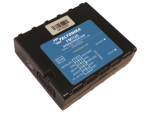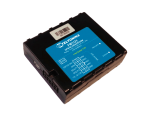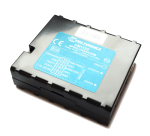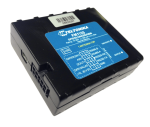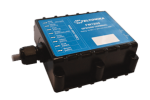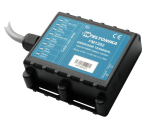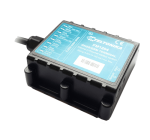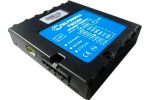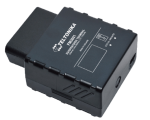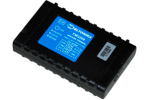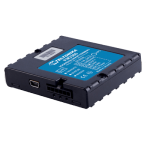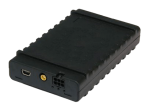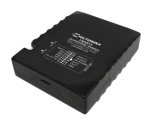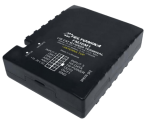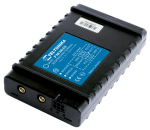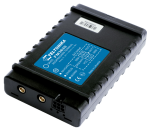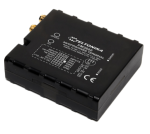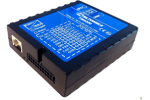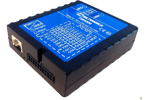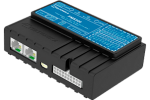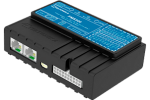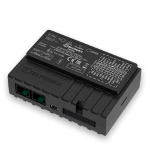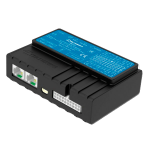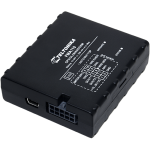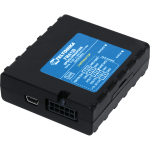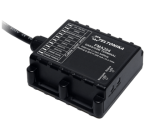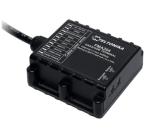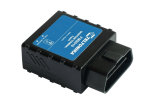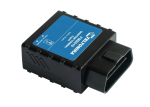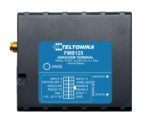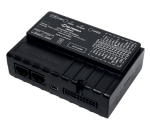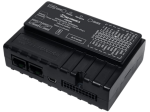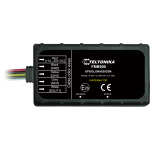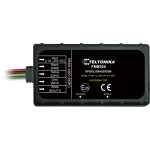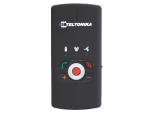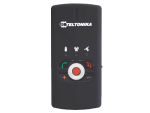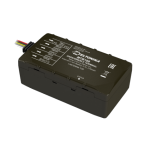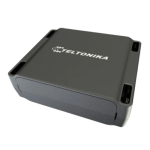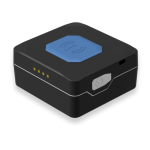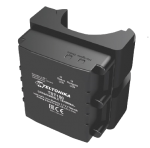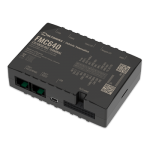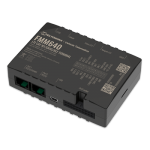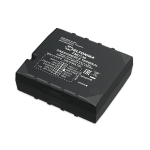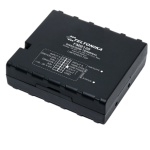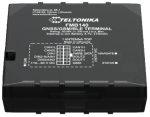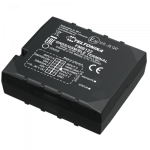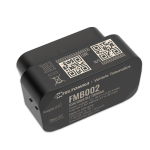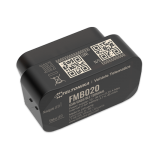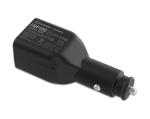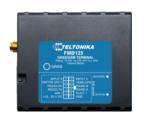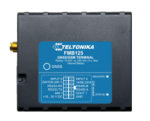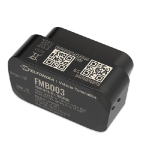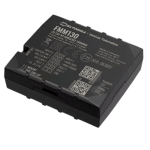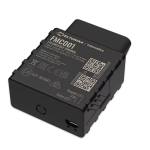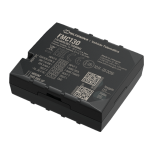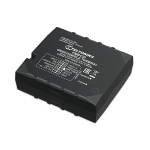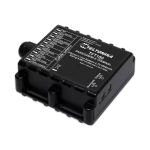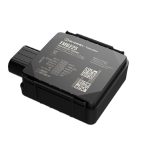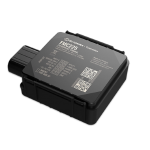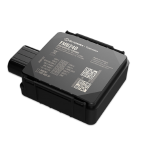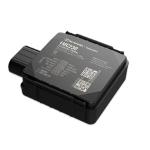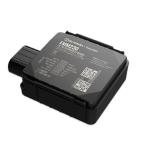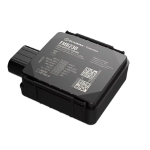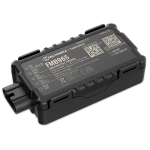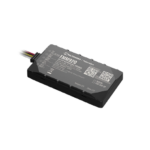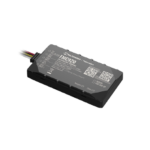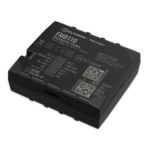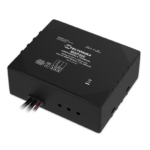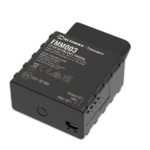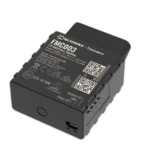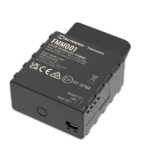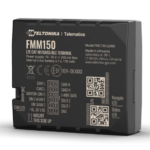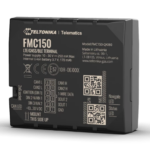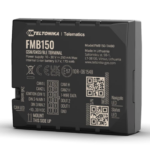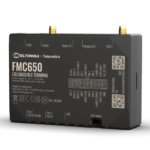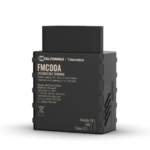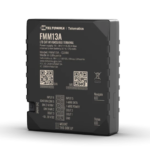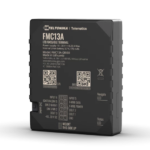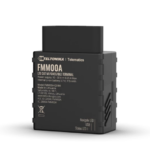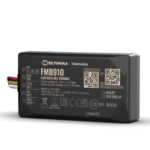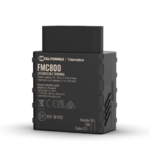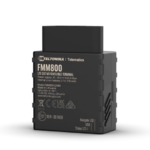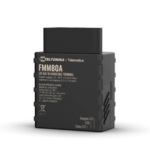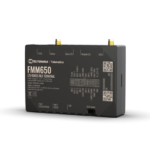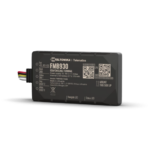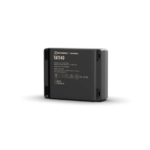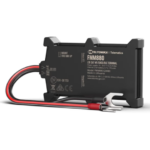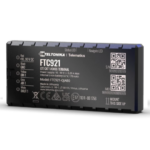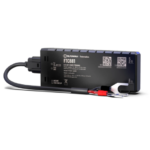Teltonika FM5300
Teltonika FM5300 is advanced terminal with GLONASS/GPS positioning and GSM connectivity, which is able to get device coordinates and other data and transfer them via GSM network. This device is perfectly suitable for applications where location acquirement of remote objects is needed. So you can track your remote objects (trucks, cars etc) quickly and easily.
Package content
Package content depends on order code, and can be customized by customer needs, but the standard package contains:
- FM5300 device
- Input and output power supply cable with 2×10 connection pins
- 4 screws for assembling device
- GPS/GLONASS antenna
- GSM antenna
- USB cable
- Port 1/2 cable
- Port 3 cable
- Card with link to drivers and configurator
Location and tracking
FM5300 model is embedded with GPS chip and also it has the support of GLONASS. It doesn’t support Assisted GPS (A-GPS) technology. As the back-up, when no satellites signals are available, it uses Cell ID location (also known as LBS-tracking).
The tracking mode is flexible configured: by moving every 100m, and every 60 sec, and on turning on 30 degrees by default. When there is no movement (detected by “Ignition” status), tracker sends data every 180 seconds.
Mobile networks
Teltonika FM5300 has a quad-band GSM 2G module so it can be operated all over the world.
Interfaces
FM5300 model features such interfaces as
- Power supply: 10 ÷ 30V;
- USB port;
- 4 digital inputs;
- 4 analog inputs;
- 4 open collector digital outputs;
- 1Wire® temperature sensor;
- 1Wire® iButton;
- LEDs indicating device status;
- 2xRS232 ports;
- Audio interface;
- CAN messages 2.0 A, B Active support. Speed up to 1 Mbit/s.
Optional features (enabled with FM5300M):
- The memory can save 47,615 records;
- Roaming enabling/disabling;
- Offline working mode;
- Records importing using USB;
- Remote logs reading via SMS/GPRS
Power supply
FM5300 uses voltage range 10-30V, which makes possible to install it both on cars and trucks. Device also features an optional built-in rechargeable backup battery. When fully charged it ensures about 2,5 hours of device operation (in normal conditions).
Special version of FM5300 allows to connect additional external backup battery. Such FM5300 modification should be purchased by special order.
Operating from backup accumulator:
Uext > Ubat -> Uext.
Ubat > Uext -> Ubat
FM5300 should be connected only with 8 V Sealed lead rechargeable batteries (accumulators). Teltonika is not responsible for any harm caused by using wrong accumulator
Connect any capacity 8 V accumulator due to customer’s needs of backup operation time. Time of charging the accumulator increases while using the accumulator with higher capacity.
“Ignition” status
There is a virtual “Ignition” flag in FM5300 which is determined by either:
- External power voltage – when the power level falls below a certain configured level (by default 13V), the “Ignition” is considered to be OFF, otherwise – ON.
- Digital Input #1 – if there is positive signal on DIN #1 of the socket, the “Ignition” flag is ON.
- Acceleration sensor – when the built-in accelerometer detects movement, the “Ignition” flag is ON.
“Stop/Movement” mode
Teltonika FM5300 determines whether vehicle is on move or stopped by one of three methods (configurable by user):
| Method | Moving | Stopped |
| by Board Voltage | If board voltage exceeds certain level (configurable, 13V by default) | If board voltage is lower than a certain level |
| by Acceleration | Internal accelerometer detects movement | Internal accelerometer does not detect movement |
| by GNSS | GNSS is fixed and speed is above 5 km/h | GNSS is fixed and speed is below 5 km/h or GNSS is not fixed |
Two sleep modes
FM5300 is able to go to Sleep mode after configurable Sleep timeout. This timeout (defined period) starts counting when device is in STOP mode. After timeout is reached and all conditions for sleep mode are met, device goes to normal sleep or deep sleep mode:
Sleep mode
FM5300 is able to go to sleep mode after configurable Sleep timeout. This timeout (defined period) starts counting when device is in STOP mode. After timeout is reached and all conditions for sleep mode are met, device goes to sleep mode. While in sleep mode, FM5300 turns GNSS module off and it is not making new periodic records. Only event records is being recorded with last known coordinate and sent to AVL server. As a result power usage decreases allowing saving vehicle battery.
FM5300 can enter sleep mode if ALL of these conditions are met:
- FM5300 has to be configured to work in Sleep mode and Sleep timeout is reached;
- Device must be synchronized time with GNSS satellites;
- No movement by accelerometer is detected;
- Ignition (DIN1) is off;
- USB cable detached;
FM5300 exits sleep mode when if ONE of following conditions are true:
- Movement by accelerometer is detected;
- Ignition (DIN1) is turned on;
- USB cable is connected;
Deep sleep mode
While in deep sleep mode, FM5300 sets GPS receiver to sleep mode and turns off GSM/GPRS module (it is not possible to wake up device via SMS), therefore records with last good coordinates are being saved and sent to AVL server if configured (GSM/GPRS module is turned on to send data and after turned off). Depending on two configurable parameters, send period and min period, in Deep Sleep mode power usage can be decreased to save vehicle’s battery.
FM5300 can enter deep sleep mode (standby mode) if ALL of these conditions are met:
- FM5300 has to be configured to work in Deep Sleep mode;
- Start-up timeout has elapsed (5 minutes after every restart of the device);
- No movement by accelerometer is detected;
- Ignition (DIN1) is off (driven logic low);
- Send period is more than 60 seconds (Data Acquisition Mode settings);
- USB cable is not connected.
FM5300 exits deep sleep mode if ONE of the following conditions are true:
- Movement by accelerometer is detected (depends on accelerometer start settings);
- Ignition (DIN1) is turned on (driven logic high);
- USB cable is connected;
- HIGH or PANIC priority eventual record is detected;
While being in deep sleep mode FM5300 can save periodical or eventual records; send data to server.
Harsh driving behaviour
FM5300 features “Green Driving Scenario” that helps to inspect driver about harsh driving. Scenario continuously monitors: accelerating force, braking force and cornering angles. When these parameters exceed configured thresholds, Green Driving event is generated and sent to server.
To prevent generating false events, harsh acceleration and harsh braking is monitored only when following conditions are fulfilled:
- “Ignition” flag is turned on
- Vehicle speed is equal or higher than 10 km/h
Harsh cornering is monitored only when following conditions are fulfilled:
- “Ignition” flag (see above) is turned on
- Vehicle speed is equal or higher than 30km/h
Local and remote management
Teltonika FM5300 tracker can’t be controlled over GPRS, though it supports firmware updating via GPRS (FOTA). However, there is a wide list of SMS commands in a ASCII format, on which device always replies back. In particular, Server address and port, APN settings can be applied remotely with SMS. To decrease the amount of SMS required for configuration SMS in binary format can be also used.
You can also configure FM5300 from a PC using proprietary software (Teltonika Configurator) and standard USB-cable which is included into package.
LED Indication
FM5300 has two status LEDs:
- Status LED: indicates GSM/GPRS mode
- Navigate LED: indicates GPS reception
Conexão do servidor
| Servidor da UE | tracker.navixy.com (52.57.1.136) |
| Servidor dos EUA | tracker.us.navixy.com (13.52.37.2) |
| Servidor da Médio Oriente | tracker.me.navixy.com (34.166.104.189) |
| Porta do servidor | 47776 |
| Auto cadastro | Sim |
Informação geral
| Propósito | Veículo |
Conectividade
| Status do roaming | Sim |
| Nível do sinal | Sim |
| ID do operador | Sim |
Informações de localização
| Nível de sinal GNSS | Sim |
| LBS | Sim |
| Localização forçada pelo GNSS em preferência ao GPRS | Sim |
| Localização GNSS forçada em preferência ao SMS | Sim |
Caracteristicas
| Controle remoto das saídas | Sim |
| Hodômetro | Sim |
| Acelerômetro | Sim |
| Leitura de ID do motorista | Sim |
Interfaces
| Entradas digitais | 4 |
| Número de saídas | 4 |
| Sensor analógico | Sim |
| Sensor de pulso | Sim |
